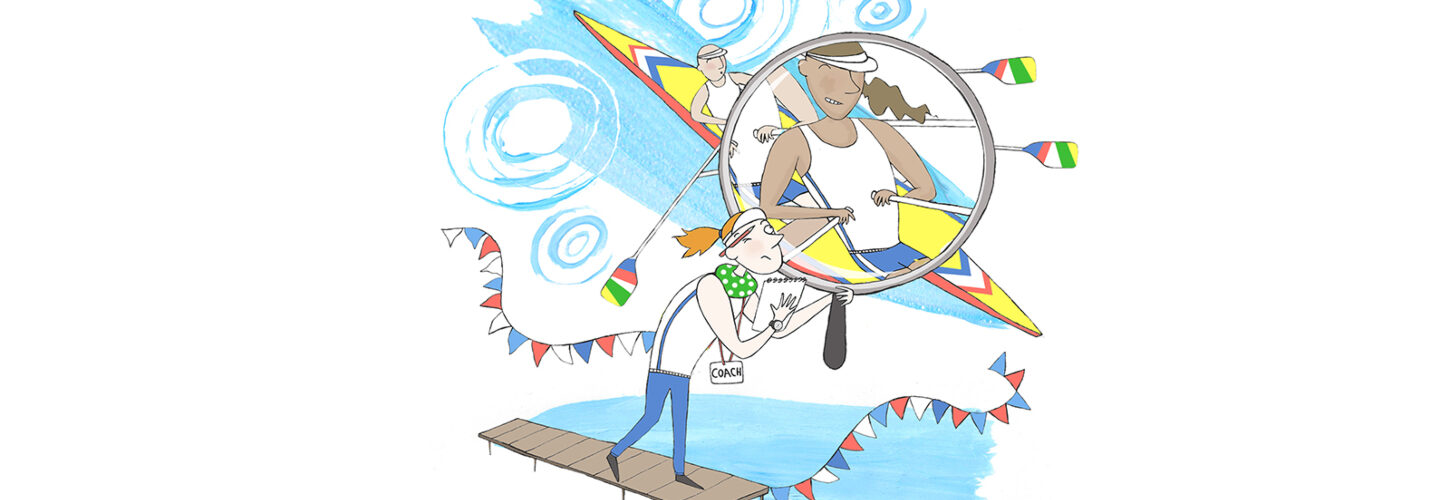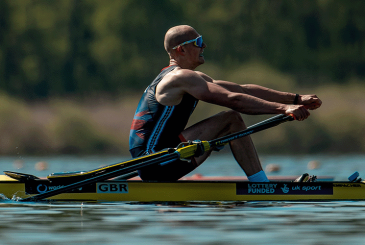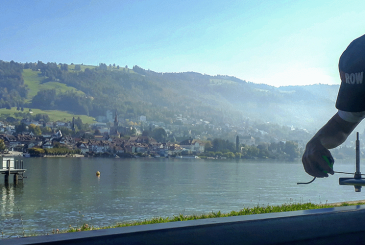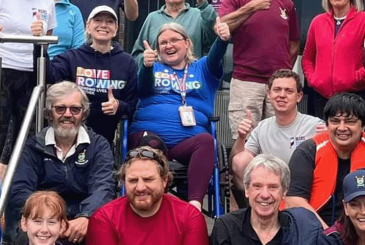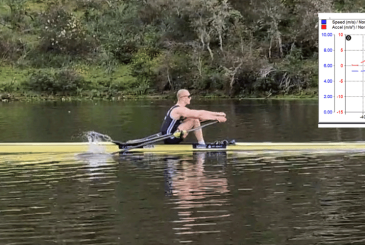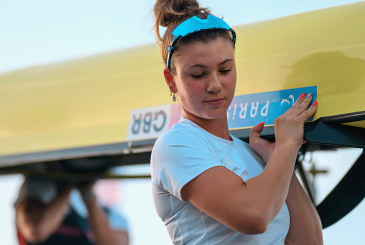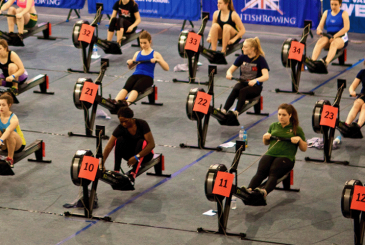The GB Rowing Sports Science Team examine areas that Para coaches and athletes need to be aware of when training
Working with the Paralympic rowing squad is no different from working with the Olympic rowing squad. Both squads ‘eat, sleep, train, repeat’ in an attempt to reach the limits of their physiological capacity.
Yes, there are some additional considerations for Para rowers, with regard to training specific muscle groups and optimising the interface between boat and athlete, but the basic training principles remain the same.
However, Para coaches regularly individualise sessions to achieve their desired training outcomes, owing to the unique requirements of their rowers.
Here are three areas that Para coaches need to consider carefully.
1 – Training plans
The range of different physical function within each of the Paralympic rowing classifications presents a challenge for the coach when selecting the most appropriate training programme for the athlete. If an arms and shoulders only athlete is unable to row or use the ergo, owing to injury, then they can’t simply swap onto the nearest spin bike to complete the session. So, access to different equipment, such as a recumbent hand bike, arm crank or ski ergo, is integral to a successful training programme.
When switching between different training modalities – whether planned or because of injury – there are different metabolic and mechanical consequences to consider, such as targeted heart-rate training zones, additional stress through different parts of the body and the overall internal training load. The T2minute method provides a novel way of quantifying training loads in rowing using mode specific weighting factors.
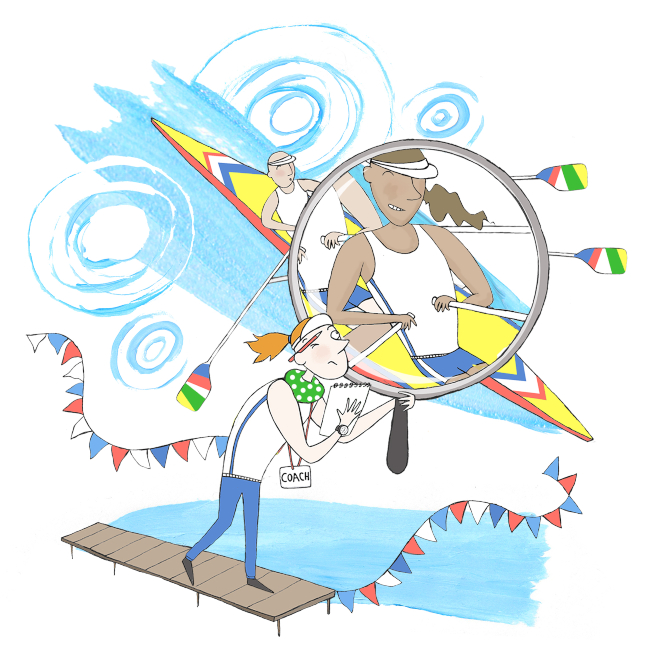
2 – Arms and legs-only training
The assumption that an arms-only training session is easier than a legs-only training session isn’t always true. Overall, arms-only versus legs-only exercise at the same workload produces a higher muscle glycogen use and, subsequently, lactate production/release.
Also, in most studies, the ergo specific maximal oxygen uptake (VO2 max) is 30-50% lower during upper body exercise compared with lower body exercise. This can be partially explained by a smaller muscle mass and a difference in local circulatory/diffusion capacity between arm and leg muscles. For the Para rower, prolonged low-intensity arms-only or legs-only training can lead to markedly different adaptations. This will also be true for an able-bodied athlete in rehab who is training significantly more on a bike.
Para coaches regularly have to individualise sessions to achieve their desired training outcome
3 – Body temperature
An unusually hot ergo room may provide an increased risk to both health and performance in a Para rower, compared with an able-bodied rower.
Thermoregulation, the process that allows your body to maintain a stable core temperature, may be compromised by an athlete’s impairment and also by their strapping and equipment. A rower with a spinal cord injury may have decreased heat sensation, depending on the level of injury. When they are exercising in the heat, their brain may not respond, as it won’t receive the messages sent from the skin and the brain’s messages are not transmitted to the peripheral tissues.
As a result, an athlete’s ability to sweat or adjust capillary blood flow in the tissues below the injury may be impaired.
Furthermore, an athlete with an amputation has a reduced surface area for heat loss, owing to their missing limbs, which means that their capacity to cool down will be more limited. A prosthesis will also restrict the surface area available for heat loss and so can increase heat and moisture retention.
In both cases, the athlete’s ability to increase their skin blood flow and sweat rate, to improve heat loss, will be inhibited. This increases physiological strain and dehydration, ultimately impairing performance during prolonged training sessions.
Thermoregulation can also be affected in all athletes by many factors, including gender, ethnicity, fitness, body composition, the menstrual cycle and even having tattoos.
Finally
When prescribing and monitoring training for an individual rower, coaches and practitioners alike should consider their specific needs, current training status and the environmental conditions. Even minor alterations to an individual rower’s training programme can have positive adaptations in the long term.
Heat illness symptoms – what to look out for
An athlete with heat illness might experience:
1. A rash that is itchy or burning
2. Muscle cramps
3. Dizziness or nausea
4. Fatigue and weakness
5. A headache
Top tips for minimising the risk of heat illness
• Drink fluid that will maintain hydration, including water and electrolyte replacement drinks.
• Train in the coolest part of the day.
• Use practical cooling methods (fans, ice packs, iced drinks) before and after training in a hot environment.
Illustration: Jo Scales


